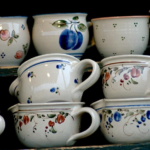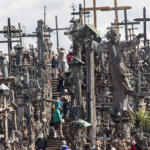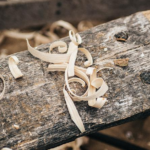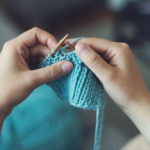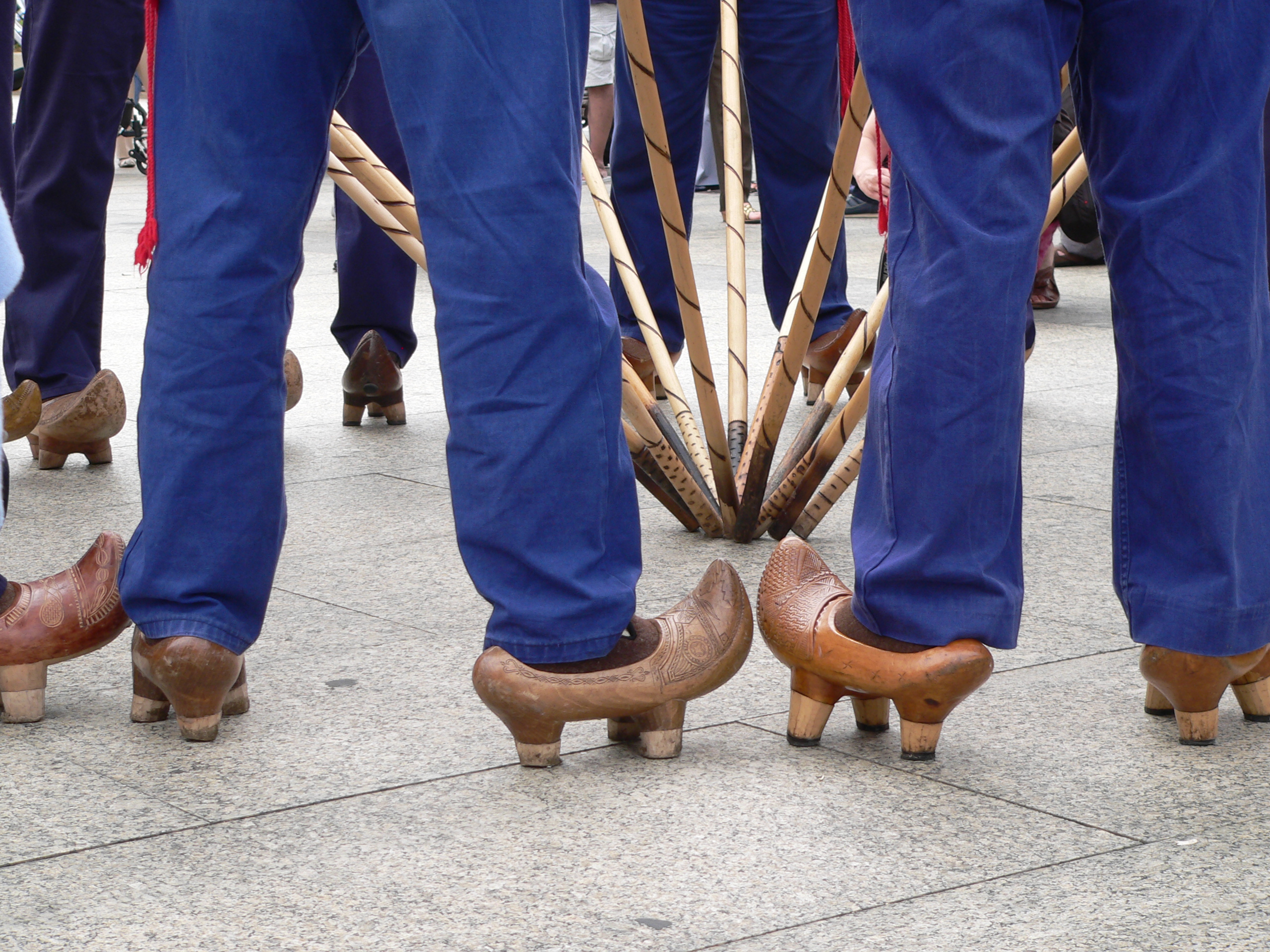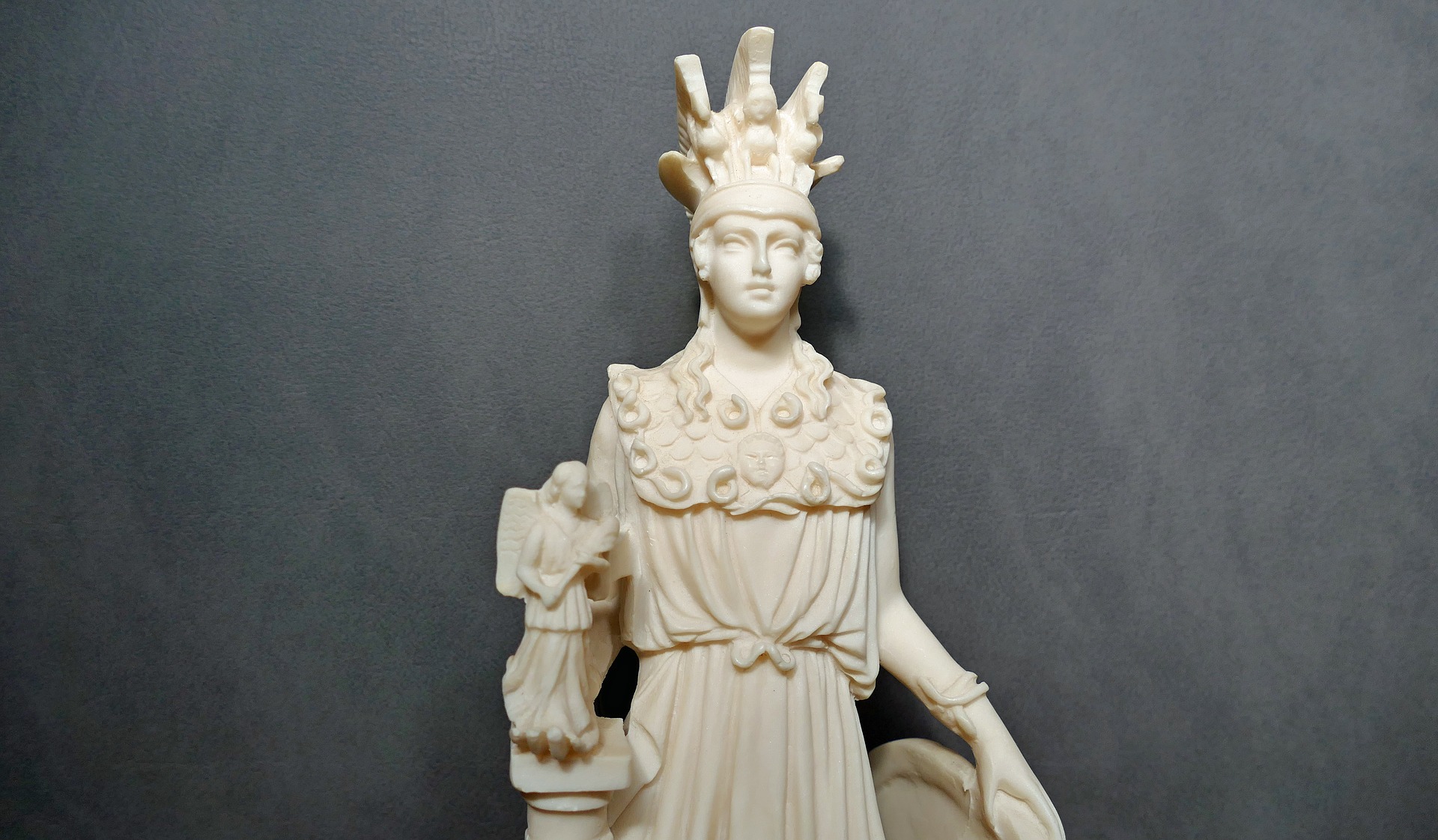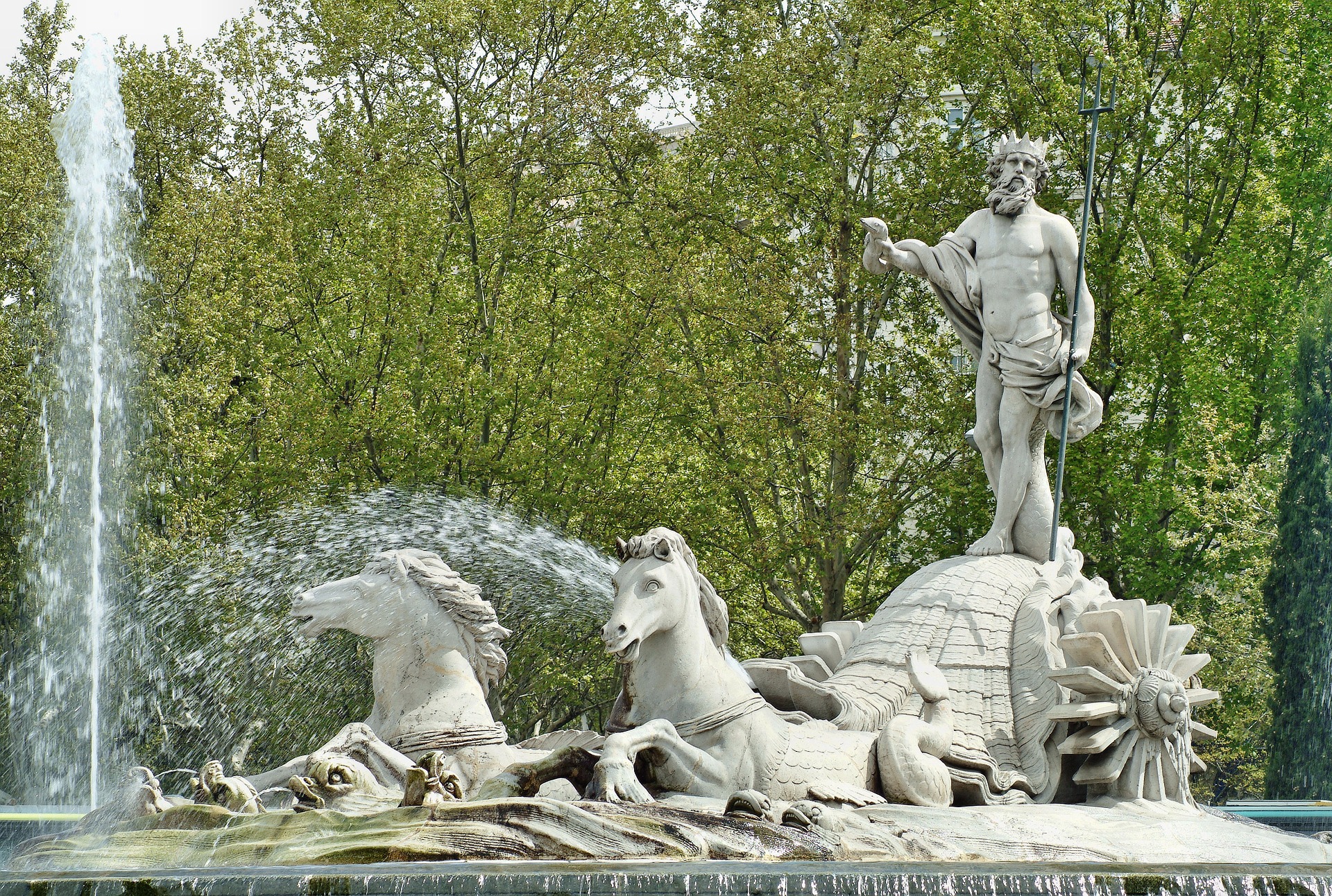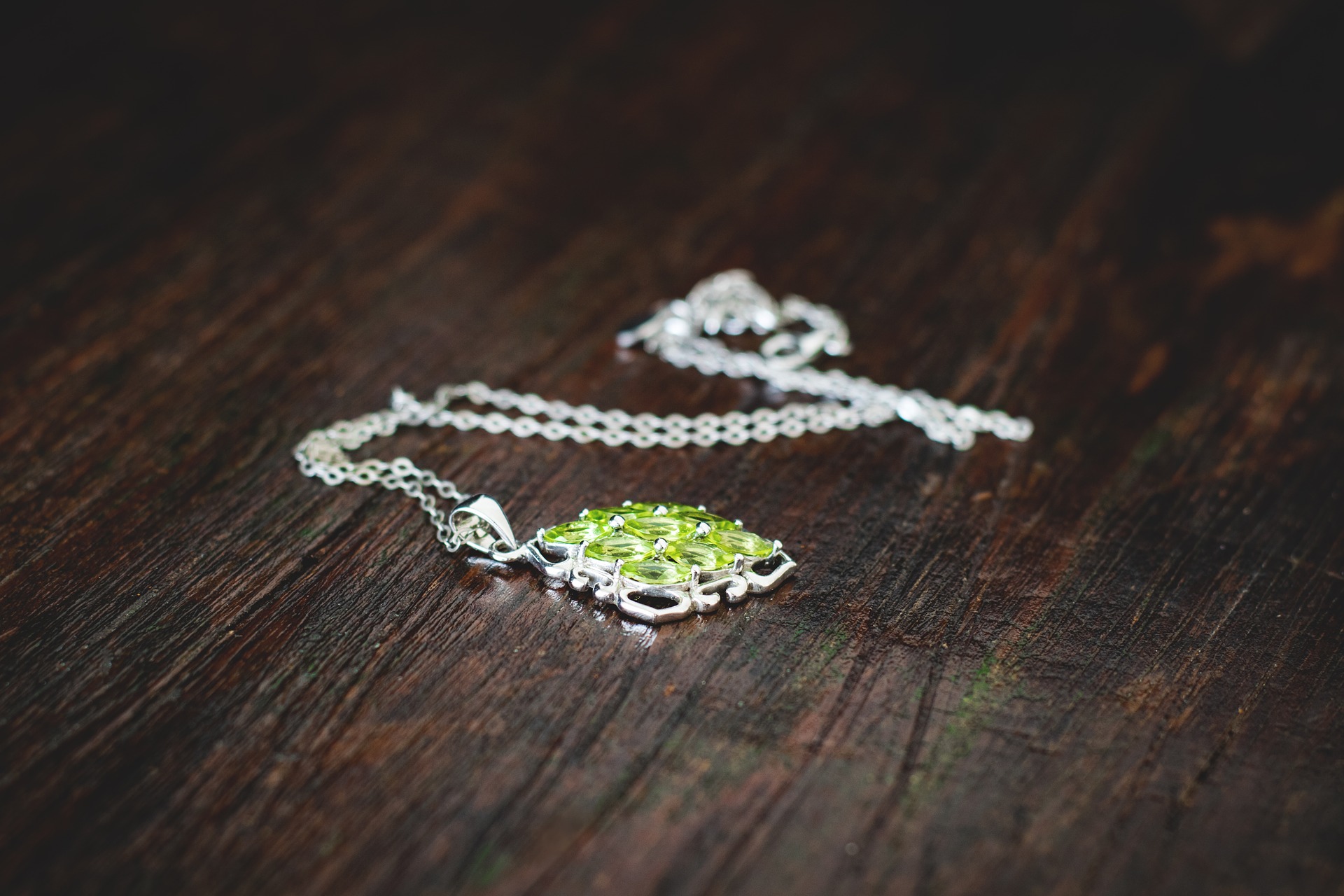Albarcas Cantabrian in Spain
Country of the crafting: Spain
Region of the crafting: Cantabria
Town of the crafting: Santander
Type of the crafting: Wood
1. Geographic area
The Cantabrian albarcas are mainly located in the northern part of Spain, in Cantabria.Cantabria is located on the Cantabrian cornice, a name given to the strip of land between the Cantabrian Sea and the Cantabrian mountain range, in the north of the Iberian peninsula.
2. Craft characteristics
Parts of the albarcas:
– Peak: Top front.
– Papo: Front or front curved.
– Chapel: Upper front part that covers the fingers.
– Mouth: Opening of the apricot where the foot is introduced.
– Bangs: Recess that borders the mouth at the top.
– House: Inner cavity that occupies the foot.
– Heel: Rear.
– Tarts: the three lower supports or tacos, two front and one rear, to place the plugs.
– Tarugos: Supplement of wood that is placed on the feet of the apricot and that is replenished when they wear or break when walking.
3. The technique
First, with the axe they sketch, holding the cut on a thick trunk, called a cutter, and this phase is calledaponer.Afterwards, it is moved on to azolar, which consists of modeling in more detail the albarca with the azuela. This tool has two opposite cuts: one narrow curved, called petu, and the other wider and straighter, which is called the mouth; and was specifically commissioned by the blacksmith to make the albarcas. With the mouth its contour is shaped and the recess that has the instep of the albarca is formed, and with the “petu” is marked and empties the outer cavity of the house or space that occupies the foot and also removes the wood that is left between the two tacos that form the feet of it.To finish emptying the house, at its bottom, the albarca is placed in the workshop, a kind of wooden easel, already described, in order to be able to freely dispose of both hands to handle the holes and legra. the work of sweeping requires the danger that the hole comes out in front of the albarca, being rendered unusable. Three holes of different calibers are used.
4. Used materials
Cantabrian apricot is a one-piece wooden apricot, which has been used especially by the peasantry of Cantabria. They are made in birch, ash, chestnut or alder wood mainly.The Madreñas or Almadreñas de Madera are typical of Galicia, Asturias and the province of León.
5. History
They are already quoted in a document from 1657, in which King Felipe IV asks the pope to create the Diocese of Santander. In the Catastro del Marqués de La Ensenada, 1752, the trade of albarquero is held in several villages in the western Area of Cantabria.
Given the humidity of the climate of the Area , it is a very suitable footwear to preserve the feet of water and soil dirt of certain works that are carried out in the stable, in the meadows and in the farmland. It is practical for walking through rugged, sweeping terrain, and also in the snow, because the “tarugos” or lower heelsgive lift to the foot and lend agility when walking.

